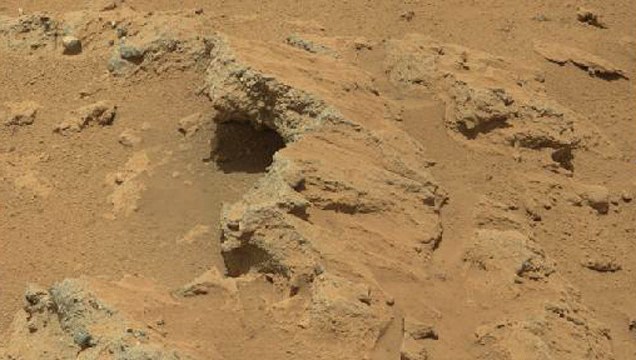New Observatory Brings Ocean Life To Your Web Browser

What’s the Latest Development?
Starting this summer, scientists and the public will be able to access real-time views and data on the Pacific Ocean thanks to an initiative funded by the National Science Foundation. The Regional Cabled Observatory consists of sensors and fiber-optic cables placed on the ocean floor off the northwest coast of the US. The sensors will relay information about oxygen levels, deep sea currents, seismic activity, and other indicators at three initial sites, including an active underwater volcano. The observatory is part of a larger project that will also serve as a conduit for telecommunications and electricity.
What’s the Big Idea?
The ocean is a difficult study subject, and technology is often needed to extend the limited reach of human researchers. The observatory “could let the public watch sea life in places inaccessible to most people, or view an underwater volcanic eruption in real time, as well as give scientists, students, educators, and policymakers better data on the state of the ocean at these sites.” The University of Washington is leading the design and construction efforts on what will be the world’s largest underwater observatory.
Photo Credit: Shutterstock.com




